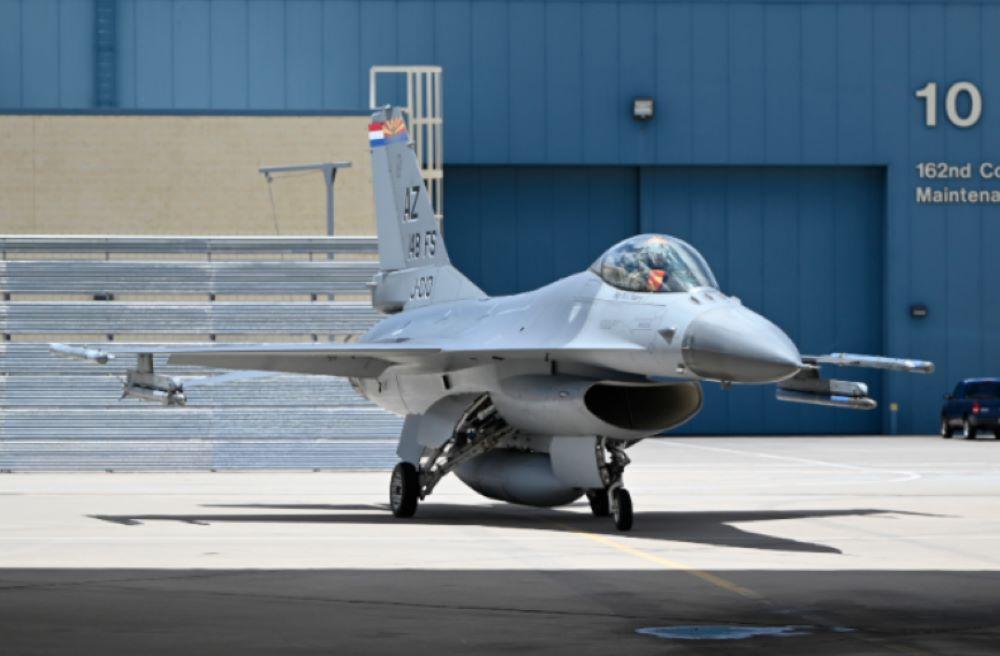
U.S. Air Force F-16 at its international training base in Arizona.
Credit: Air National Guard
Ukraine is set to receive its long-awaited F-16s later this year after asking for the multirole fighters since the early stages of Russia’s invasion, but the wait is necessary to ensure that the jets can be effective, two key leaders argue. The first donated Lockheed Martin fighters could arrive as...
Subscription Required
Former NATO Leaders: Ukraine Needs Slow F-16 Delivery is published in Aerospace Daily & Defense Report, an Aviation Week Intelligence Network (AWIN) Market Briefing and is included with your AWIN membership.
Already a member of AWIN or subscribe to Aerospace Daily & Defense Report through your company? Login with your existing email and password.
Not a member? Learn how you can access the market intelligence and data you need to stay abreast of what's happening in the aerospace and defense community.





